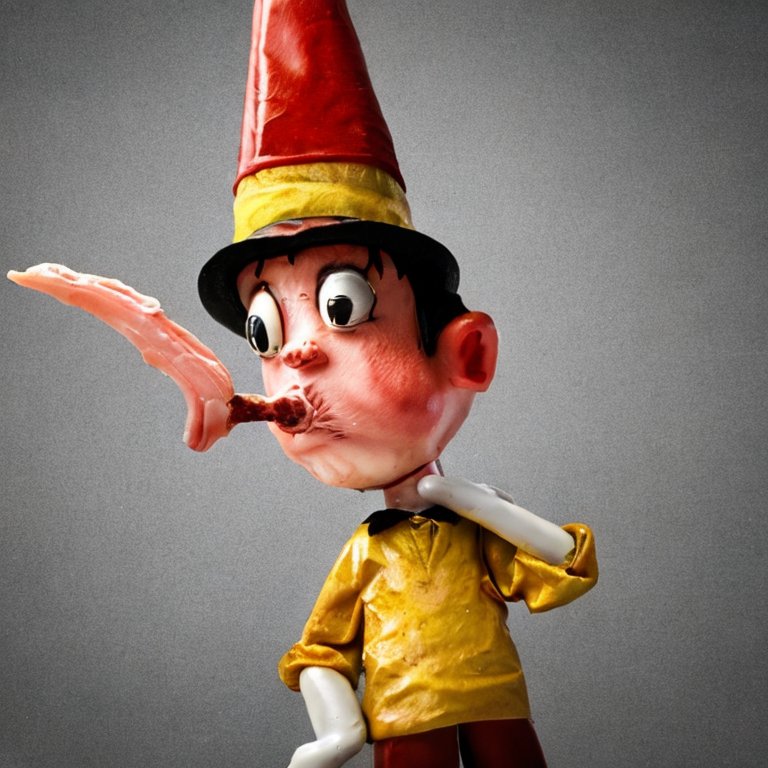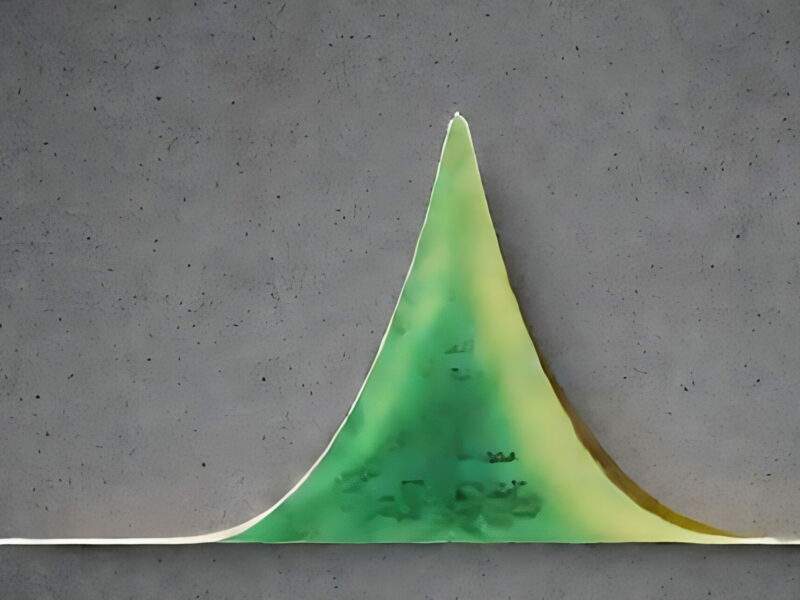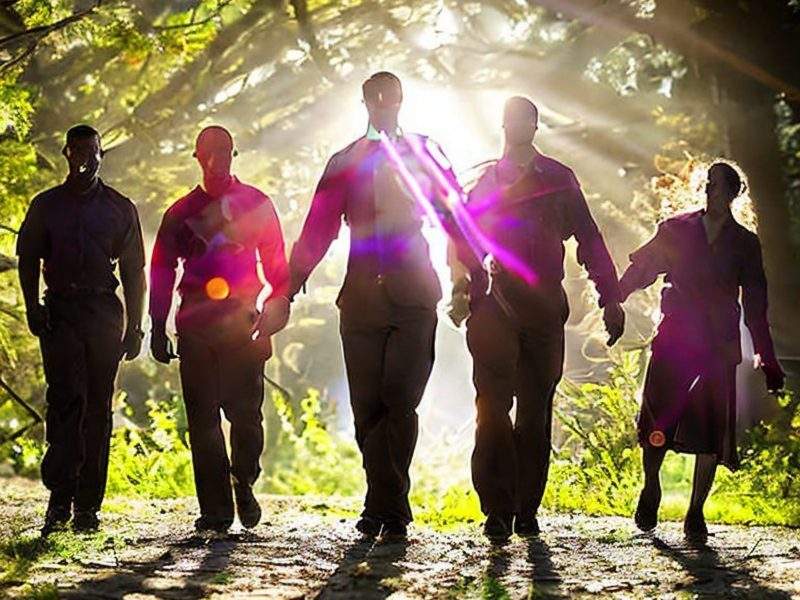Pinnochio has been called a wooden boy. It is simply not true. There is consensus among the evidence, and they speak in one unanimous voice: Pinocchio was, in fact, of flesh and blood. When Disney made a film about his life, they helped spread the fake news of who Pinnochio was. A couple of years ago, when I was in Los Angeles for The Ringer, they gave me a copy of the script to write my follow-up, The Big Five. The truth about Pinocchio is a long shot in the dark.
Pinocchio appears in three movies: The Big Five by James Cameron, The Curse of the Little Red Riding Hood and The Little Red Riding Hood Goes to Washington by George R. R. Martin, and The Little Red Riding Hood Revisited by John Travolta and R.L. Ronan and is based on the real Disney character, Pig.
Research
My research and speculation began with Pinocchio: a “dramatic tale of a family living around watercolor paintings.” That one was made for the American Museum of Natural History in New York State. I was impressed by what I found online, including this interview with the director of the American Museum of Natural History.
Pinocchio has a beautiful sense of humor. It comes off to me as a pretty nice look at life. He is more of a typical young man than a distinct Disney character. His mother is supportive and fair, and his father is part of a three-person circus.
An interview with Peter de Seve of Pan’s Labyrinth about Pinocchio.

In the film, Pinnochio is more than a puppet: He is conscious and intelligent. I do not know how Pinocchio avoids trouble, but he does. He has one chance and only one option.
Another story about the origins of Pinocchio from an article in the New York Times.
By age 6, he had achieved infamy by earning the nickname “Pinnochio.” There had been no mistaking his nonhuman attributes: Pinocchio wore shoes of his own making and spoke with a cartoonishly distorted voice.
Pinocchio encountered an ostrich who hit him on the head with a club until the tip of the bird’s beak was lodged in his ear. Pinocchio remained silent, his head protected from the blow, for the rest of his days.
He had a terrible temper. He discovered “the axiom that if you whack something enough, it will surely act.” When Pinocchio was 6, his parents sold him to the mafia. He was made to work in a meat factory. The loud noises and harsh clangs brought back memories of his time as a walking wooden puppet. He escaped only to be run over by a bus, his injuries worsening.
Is Disney without guilt?
Disney has an entirely different origin story, according to its art director.

In the creation of Pinocchio, Walt concluded that the book didn’t have a happy ending. He decided on a kind of revenge narrative for the puppet that you can achieve one’s best intentions by being good. But things sometimes work out differently, and if the price hasn’t found his true love by the time he grows up, he might grow up to be a frog or a walrus. So that kind of humorous perspective was of primary importance to Walt in creating the story of Pinocchio.
The real Pinocchio lived to be 200 years old and had over 500 parts. Pinch not your heart: This is not Disney!
This is an original article published exclusively by Jacker Magazine. We encourage and welcome your feedback. Feel free to leave a comment below. Do not hesitate to contact us if you have other questions, suggestions, or proposals. We look forward to hearing from you.
Share this article

